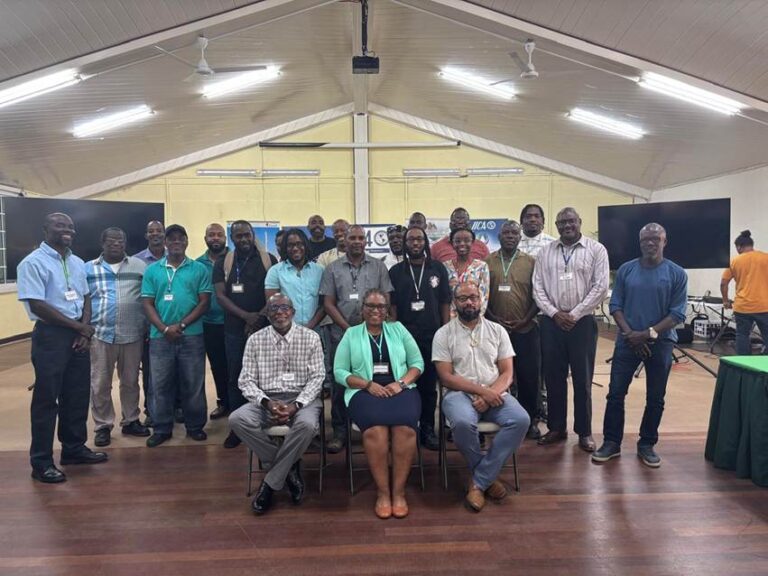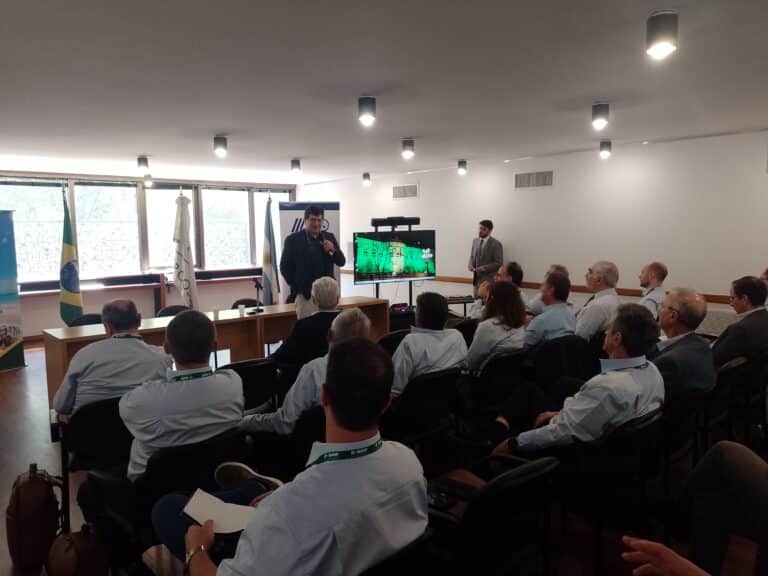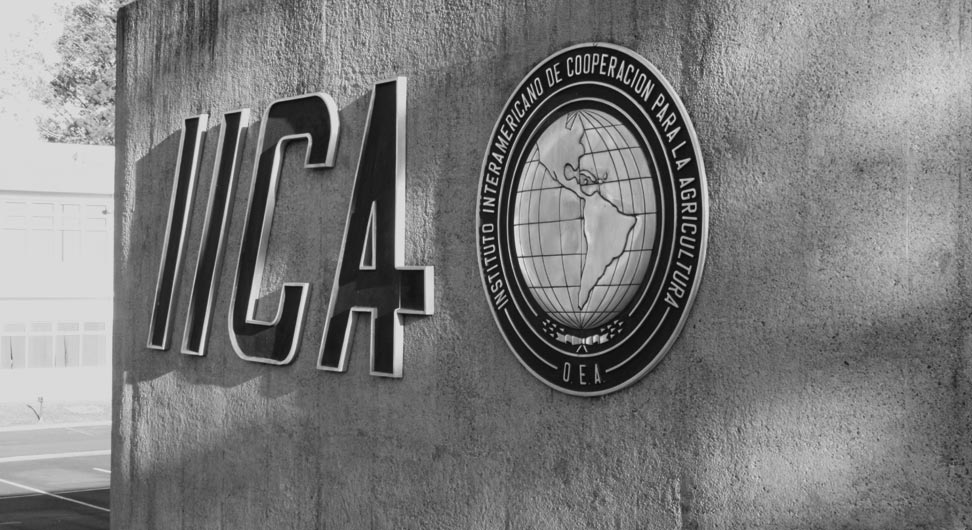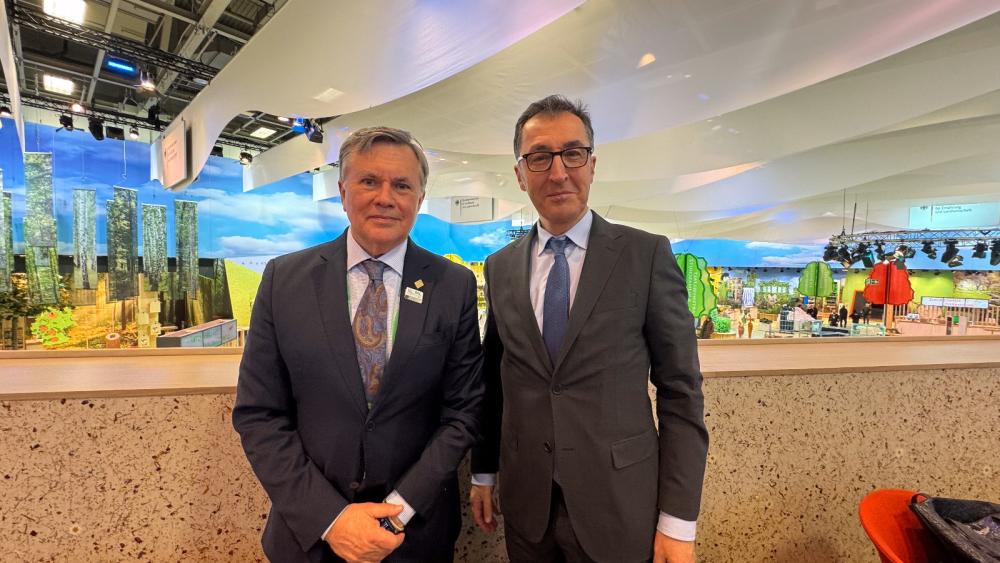IICA and other entities are devising a program for the integrated control of the disease that includes the dissemination of good practices that coffee producers can apply on their farms.

San Jose, Costa Rica, March 15, 2013 (IICA). Unidos podemos controlar la roya (Together we can control rust) is the slogan of a series of radio spots targeted at coffee farmers in Central America and the Dominican Republic that the Inter-American Institute for Cooperation on Agriculture (IICA) and the Regional Cooperative Program for the Technological Development and Modernization of Coffee Cultivation (PROMECAFE) will be making available to radio stations in the countries concerned, as part of a regional strategy to combat the disease.
The spots are a result of the joint work undertaken by national, regional, and hemispheric organizations to tackle the rust outbreak on the instructions of the Heads of State and Government of the Central American Integration System (SICA), in order to restore the productive capacity of the coffee subsector and assist the people who depend on the activity for their livelihood.
The leaders held a special meeting in Costa Rica, in February 2013.
After the Heads of State and Government issued their mandate, the Central American Agricultural Council (CAC), comprised of the region’s Ministers of Agriculture, asked the pertinent international organizations to devise an action program for the control and eradication of rust. PROMECAFE and IICA were tasked with coordinating the initiative.
PROMECAFE is now coordinating the dissemination of the five radio spots, which can be downloaded from IICA’s website and the organization’s account at Soundcloud.com, among Central American and Dominican radio stations. The spots will be dubbed into English shortly, for broadcasting in Jamaica.
The messages address key aspects involved in combating the disease: the appearance of the fungus on plants, what producers can do to prepare for the arrival of the rainy season, the correct way to apply fungicides, and why it is advisable to prune coffee plants. The spots also emphasize the value of good agricultural practices for healthy coffee farms.
Integrated program
At the request of the Ministers, an integrated program to combat rust has been prepared that will be presented to them in David, Panama from March 19-20. The plan’s objectives include implementing effective actions for integrated rust management, developing institutional capabilities to combat the disease, promoting genetic improvements (varieties of coffee tolerant to the disease), maintaining cup quality, and promoting efforts to assist the segment of the population vulnerable to the fungus’ effects.
The technical cooperation agencies involved in the drafting of the program are IICA, PROMECAFE, the Executive Secretariat of the CAC and the Regional Unit for Technical Assistance (RUTA), the International Regional Organization for Plant Protection and Animal Health (OIRSA), the Tropical Agriculture Research and Higher Education Center (CATIE), the Centre for International Cooperation on Agricultural Research for Development (CIRAD), the United Nations Food and Agriculture Organization (FAO), the World Food Programme (WFP), the Office in Mexico of the Economic Commission for Latin America and the Caribbean (ECLAC), the Regional Program on Food and Nutrition Security (PRESANCA), and specialized organizations of the Government of Mexico.
The financial institutions involved are the Central American Bank for Economic Integration (CABEI) and the Inter-American Development Bank (IDB).
According to the document signed by the SICA Heads of State and Government, the emergency was declared due to seriousness of the outbreak of the disease on Central American, Mexican, and Caribbean coffee farms, made worse by climatic variability in 2012.
Last year saw a rainy season with less precipitation and above-average temperatures, which in the short and medium terms would lead to a decrease in the amount and quality of the coffee produced; and affect employment, incomes, and the availability of resources of key importance for food and nutrition security in Central America and the Dominican Republic.
For more information, contact:
ricardo.molins@iica.int











